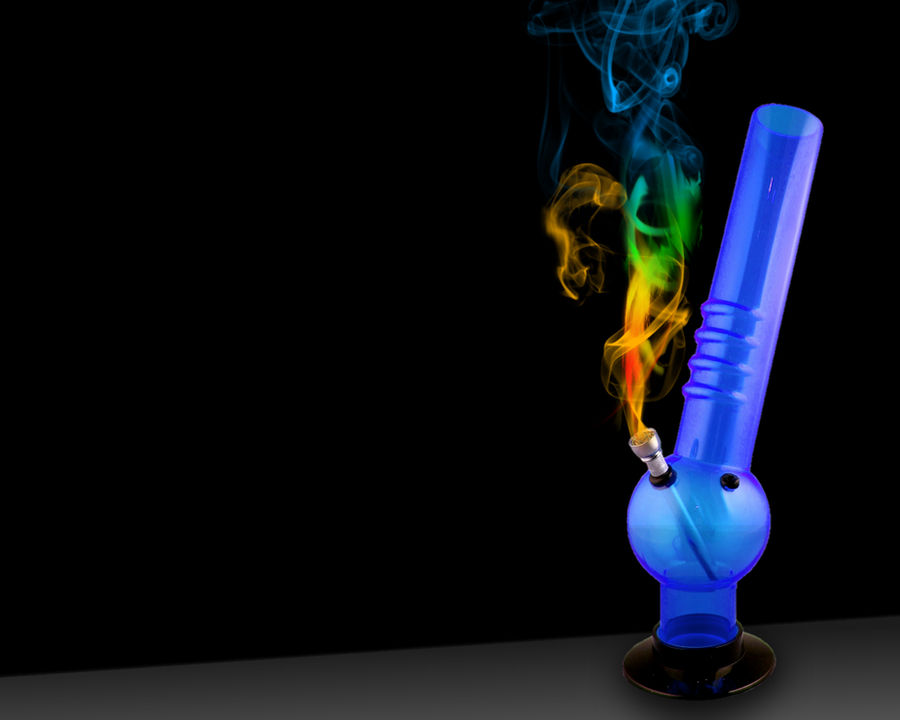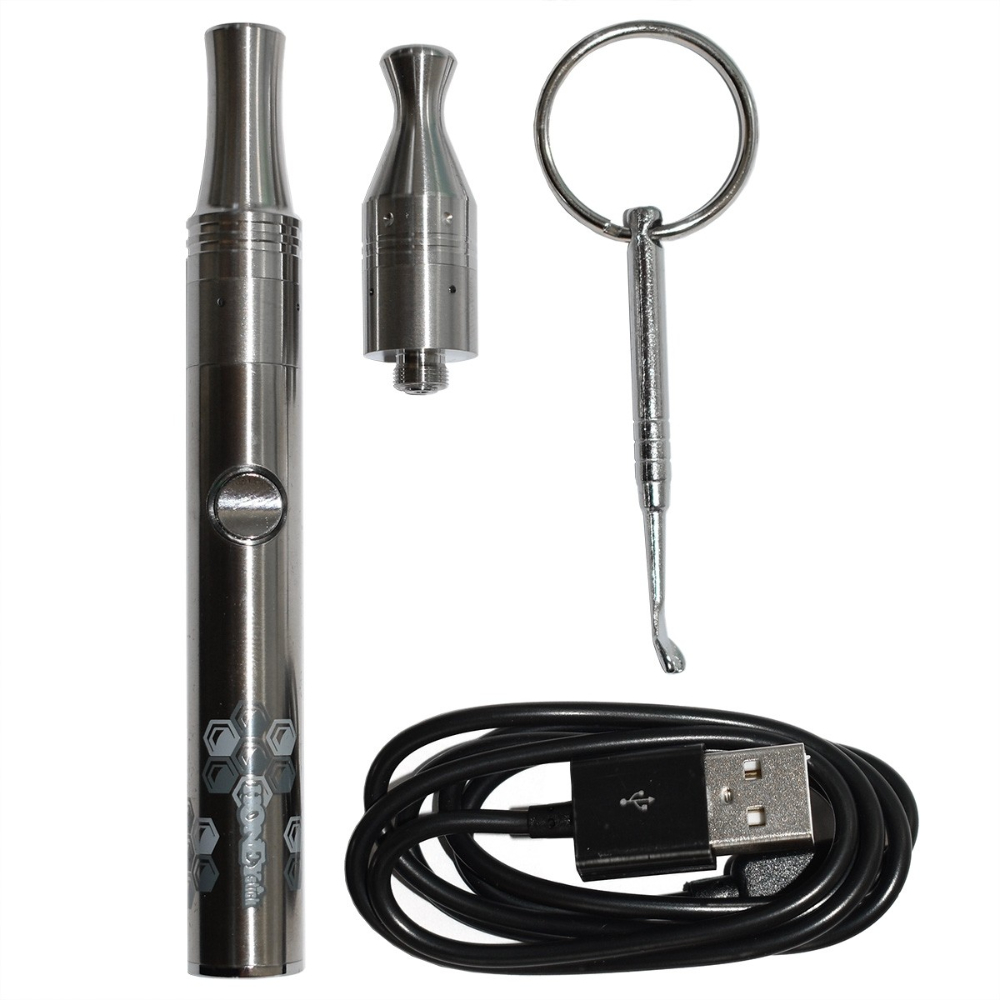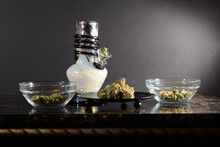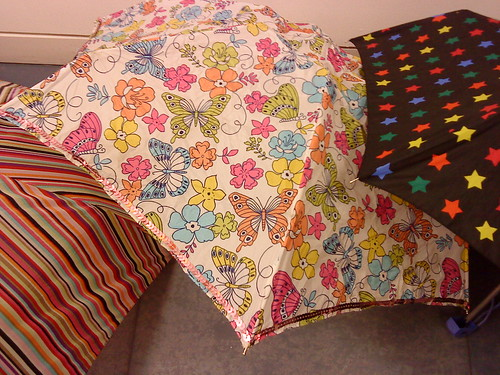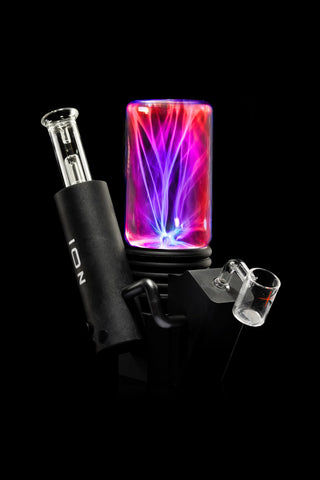If you are a fan of smoking herb or tobacco, you might have considered buying a glass bong to enhance your experience. Glass bongs are devices that use water to filter and cool the smoke, making it smoother and more flavorful. However, not all glass bongs are created equal. There are many factors that determine the quality of a glass bong, such as the material, the design, the thickness, the percolation, and the craftsmanship. In this blog post, we will show you how to tell if a glass bong is high-quality or low-quality by looking at it, so you can make an informed decision when shopping for one.
The Material
The first thing you should look at when evaluating a glass bong is the material it is made of. Glass bongs are usually made with quality borosilicate glass while silicone bongs are made with food grade BPA free silicone. Glass is more heat resistant, and many people prefer the feel of glass as a texture. However, glass bongs are more fragile than silicone bongs.
Borosilicate glass is a type of glass that has a high resistance to thermal shock and chemical corrosion. It is commonly used for laboratory equipment, cookware, and glass pipes. Borosilicate glass is also clear and transparent, which allows you to see the smoke and water inside the bong. This can help you monitor the cleanliness and functionality of your bong.
Silicone is a synthetic polymer that is flexible, durable, and easy to clean. Silicone bongs are ideal for traveling or outdoor use, as they can withstand drops and bumps without breaking. Silicone bongs are also available in various colors and shapes, which can add some fun and personality to your smoking session.
When choosing between glass and silicone bongs, you should consider your personal preference and lifestyle. If you value aesthetics, purity, and smoothness, you might prefer a glass bong. If you value convenience, portability, and durability, you might prefer a silicone bong.
The Design
The next thing you should look at when evaluating a glass bong is the design of the bong. The design of the bong affects its functionality, performance, and appearance. There are many types of glass bongs available on the market, such as beaker bongs, straight tube bongs, percolator bongs, bubbler bongs, recycler bongs, etc. Each type of bong has its own advantages and disadvantages.
Beaker Bongs: Beaker bongs have a wide base that resembles a laboratory beaker. They are stable, easy to use, and hold more water than straight tube bongs. They also produce large bubbles that cool and filter the smoke effectively.
Straight Tube Bongs: Straight tube bongs have a simple cylindrical shape that rises vertically from the base. They are sleek, compact, and easy to clean. They also produce dense smoke that hits hard and fast.
Percolator Bongs: Percolator bongs have one or more glass filters suspended into the water chamber. The filters break up and spread out the bubbles evenly by ensuring the smoke is circulated through the water. The result is the creation of tiny bubbles that are excellent at filtering toxic substances while also cooling the smoke.
Bubbler Bongs: Bubbler bongs are a hybrid of bongs and pipes. They are portable, horizontal devices that have a drop-down water chamber that cools and filters the smoke. They are ideal for solo use or discreet smoking.
Recycler Bongs: Recycler bongs have two chambers that are connected by tubes. The smoke travels from the first chamber to the second chamber through one tube, then back to the first chamber through another tube. This process recycles the smoke multiple times through the water, resulting in smooth and flavorful hits.
When choosing between different types of glass bongs, you should consider your smoking style and preference. If you like big hits that pack a punch, you might like beaker or straight tube bongs. If you like smooth hits that are gentle on your throat and lungs, you might like percolator or recycler bongs. If you like convenience and versatility, you might like bubbler bongs.
The Thickness
The third thing you should look at when evaluating a glass bong is the thickness of the glass. The thickness of the glass determines the durability and quality of the bong. Generally, thicker glass is better than thinner glass, as it can withstand more heat and pressure without cracking or breaking. Thicker glass also feels more solid and comfortable in your hands.
The thickness of glass bongs is measured in millimeters (mm). The standard thickness for glass bongs is 5 mm, which is suitable for most users. However, if you want a more durable and sturdy bong, you can opt for thicker glass, such as 7 mm or 9 mm. Thicker glass will also cost more than thinner glass, so you should consider your budget and needs when choosing the thickness of your bong.
The Percolation
The fourth thing you should look at when evaluating a glass bong is the percolation of the bong. Percolation is the process of filtering and cooling the smoke through water. Percolation improves the quality and flavor of the smoke, as well as reduces the harshness and irritation on your throat and lungs. Percolation also enhances the visual appeal of the bong, as you can see the bubbles and smoke swirling inside the bong.
There are many types of percolators that can be found in glass bongs, such as tree percs, showerhead percs, honeycomb percs, turbine percs, etc. Each type of percolator has its own design and function. Some percolators create more bubbles than others, some create more diffusion than others, some create more drag than others, etc. The choice of percolator depends on your personal preference and taste.
When choosing a glass bong with a percolator, you should consider the following factors:
- The number of percolators: Some glass bongs have one percolator, while others have multiple percolators. The more percolators a bong has, the more filtration and cooling it provides. However, more percolators also mean more drag and resistance, which can make it harder to inhale the smoke.
- The placement of percolators: Some glass bongs have percolators in the base, while others have percolators in the tube or the mouthpiece. The placement of percolators affects the amount of water and air that can flow through the bong. Percolators in the base provide more water contact and filtration, while percolators in the tube or mouthpiece provide more air contact and cooling.
- The maintenance of percolators: Some glass bongs have percolators that are easy to clean, while others have percolators that are hard to clean. Percolators that have simple designs and large holes are easier to clean than percolators that have complex designs and small holes. Percolators that are removable are also easier to clean than percolators that are fixed.
The Craftsmanship
The fifth thing you should look at when evaluating a glass bong is the craftsmanship of the bong. The craftsmanship of the bong reflects the skill and artistry of the glassblower who made it. Glassblowing is a delicate and intricate process that requires a lot of experience and creativity. A well-crafted glass bong will have smooth welds, even joints, symmetrical shapes, and flawless finishes.
When choosing a glass bong, you should pay attention to the following details:
- The bowl: The bowl is where you pack your herb or tobacco. It should be deep enough to hold enough material for your desired session. It should also fit snugly into the stem or joint without being too loose or too tight.
- The stem: The stem is where the smoke travels from the bowl to the water chamber. It should be long enough to submerge into the water without touching the bottom of the base. It should also be angled properly to prevent water from splashing into your mouth.
- The joint: The joint is where the stem connects to the tube or mouthpiece. It should be sturdy and secure without any gaps or cracks. It should also match the size and shape of your bowl or accessory.
- The tube: The tube is where the smoke travels from the water chamber to your mouth. It should be wide enough to allow smooth airflow without creating too much drag or resistance. It should also be comfortable to hold and use.
- The mouthpiece: The mouthpiece is where you inhale the smoke from the tube. It should be smooth and rounded without any sharp edges or burrs. It should also fit comfortably around your lips without being too big or too small.
Conclusion
Glass bongs are popular devices for smoking herb or tobacco that offer many benefits over other methods. However.

